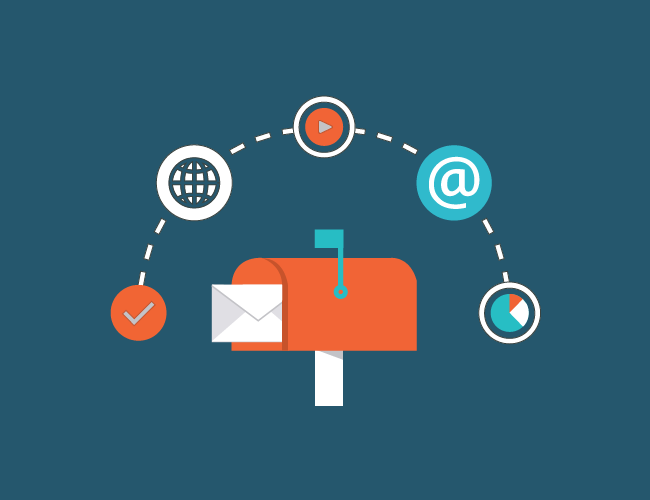How to Save Time with Email Templates
One thing that most small business owners are short on is time, especially if you are a one-person show. This is why you have to look for simple, yet professional shortcuts you can take to make business management a bit simpler. One of these particular shortcuts is an email template.
If you find yourself sending the same email over and over again, an email template can shorten the process, turning what used to be an hour or two spent with your inbox into half an hour or less. Email templates may even help you get to inbox zero. Here is how you can set up email templates to save time in your business.
Step 1: Make a list of the questions you are commonly asked.
To get your email template collection started, think of the questions you are most commonly asked via email. They can be anything related to pre-sales, post sales, customer support, and vendor support such as. Write a list of these questions.
Step 2: Find the latest emails where you have answer these questions.
To speed up the process, search your inbox for the latest responses you’ve made to common questions you’ve received. Copy those responses into a new email.
A better way to manage your finances
With Hiveage you can send elegant invoices to your customers, accept online payments, and manage your team — all in one place.
Step 3: Improve upon your response.
Sometimes, we rush email replies. Analyze each response you want to turn into an email template. What can you do to improve upon it in order to give it a higher rate of conversions and customer satisfaction? Edit your response accordingly so that you have the best version of it saved as your email template going forward.
Step 4: Highlight customizable areas of the template.
Be sure to highlight areas that you will need to customize in your template in a way that you won’t miss. The last thing you will want to do is send an email to a customer that starts out with Dear First Name. Make those areas stand out by highlighting them, bolding them, or using **\*STARS AND CAPS*** to ensure that you customize each template you copy and paste as a response.
Step 5: Save your templates in a specific folder.
When ready, send the email template to yourself with a subject that describes the nature of the template. If the information in the template will need to be updated at a later date, include an expiration date in the subject line as well.
Once you receive the email, put it in a specific folder within your inbox and make sure that folder shows up at the top of your folder’s list. This way, your email templates are quickly accessible while you are checking your daily email.
Step 6: Continue to grow your templates.
Each time you start responding to an email, think about whether you have responded to one similar in the past. Even if it’s just a once a while, you should create an email template for it right then. The more templates you have at your disposal, the less time you will have to spend on email going forward.
Also, each time you find yourself copying and pasting a template, then editing a particular part of it (beyond the customized portions), consider updating your template so that you won’t have to make the same edits each time.
Bonus: Do some A/B testing.
For email templates sent to potential customers that could lead to conversions, consider taking some time to do some A/B testing. Simply craft two (or more) versions of the email template. Alternate between which versions you send out and see which ones get the responses that lead to purchases.
Better yet, if you use Google Analytics to track conversions on your website, use UTM tags to identify which version of the email people click on to go to your website to make a purchase. Then you will be able to track your test results in Google Analytics.
Join thousands of business-savvy entrepreneurs on our mailing list.
Curated emails that’ll help you manage your finances better.




